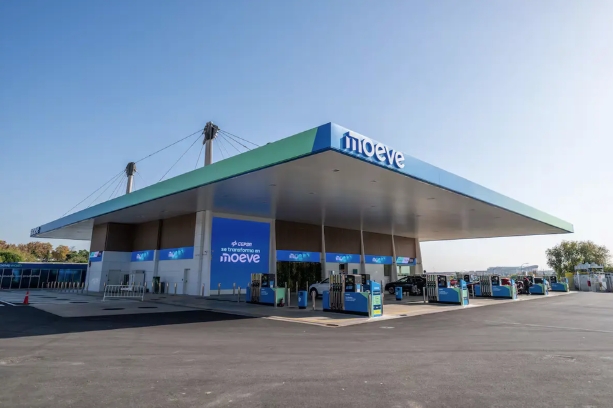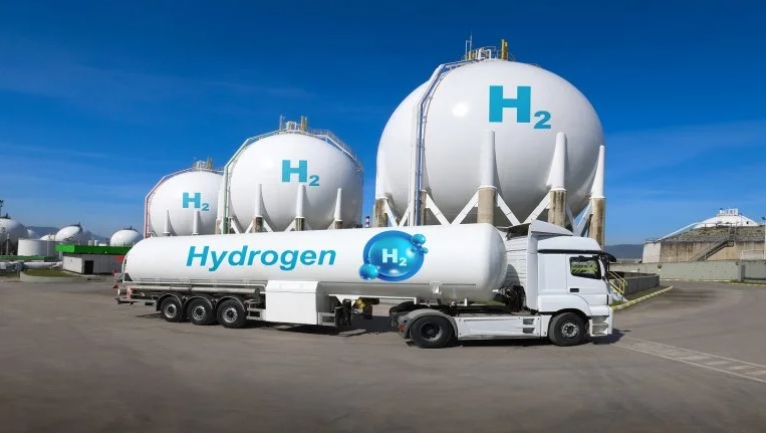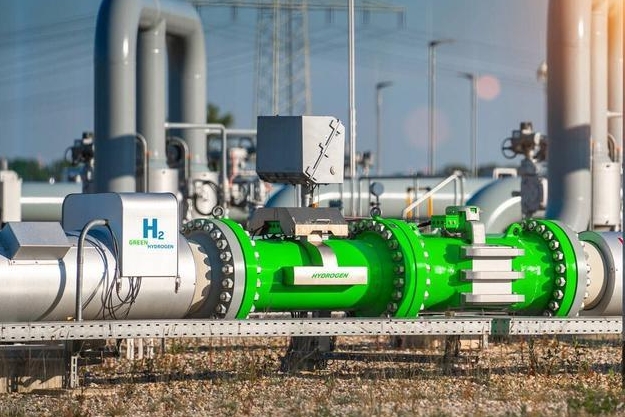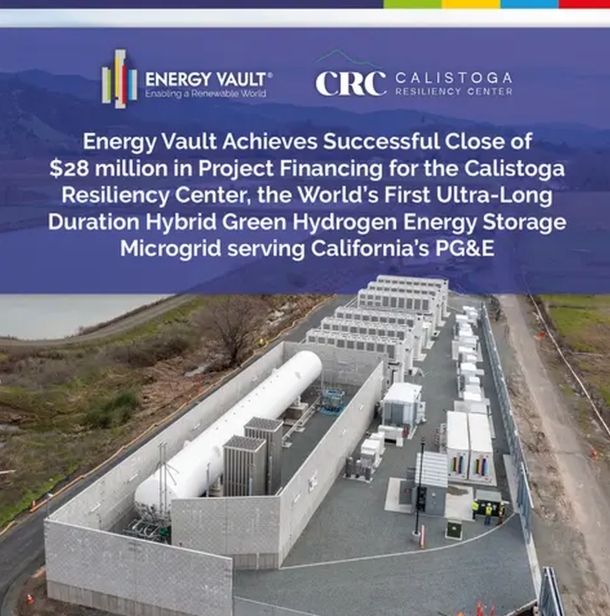The study Future of Solar Photovoltaic states the global solar capacity will increase from 480GW in 2018 to over 8,000GW by 2050.
As new markets emerge worldwide, IRENA forecasts solar power to cover one-quarter of global power by 2050.
The market in Latin America and the Caribbean is expected to grow by more than 40 times by 2050.
Annual investments exceeding seven billion would see the region's solar PV capacity rise from 7GW today, to more than 280 GW by mid-century.
Other key study findings include:
Accelerating solar power deployment can cut energy-related carbon emissions by 21% in 2050.
Asia will account for over 50% of the global installed solar capacity by 2050, North America 20%, Europe 10%.
Annual investments in solar need to increase from $114 billion in 2018 to $192 billion in 2050 to reach the forecasted statistics.
Global levelised cost of electricity (LCOE) for solar PV will continue to fall from an average of $0,85 cents per kWh in 2018 to between 5-14 cents per kWh by 2050.
The solar market remains a fast-evolving industry owing to innovations within the industry.
The global solar industry has the potential to employ over 18 million people by 2050, four times more than the 4.4 million jobs today.
Over the last decade, installed capacity of off-grid solar PV has grown more than tenfold, from roughly 0.25 GW in 2008 to almost 3 GW in 2018 around the world.
Franceso La Camera, director-general of IRENA, said: “Solar PV and other renewables sources represent the most effective and ready solution for addressing growing energy demand and limiting carbon emission at the same time.
“Renewables are practical, affordable and climate-safe. They are key to sustainable development, enabling energy access, spurring economic growth, creating employment and improving health. Particularly solar energy is set to become one of the most prominent power sources in 2050. Projected growth rates in markets like Latin America showcase that we can extend the energy transition to all countries. It’s possible.”







